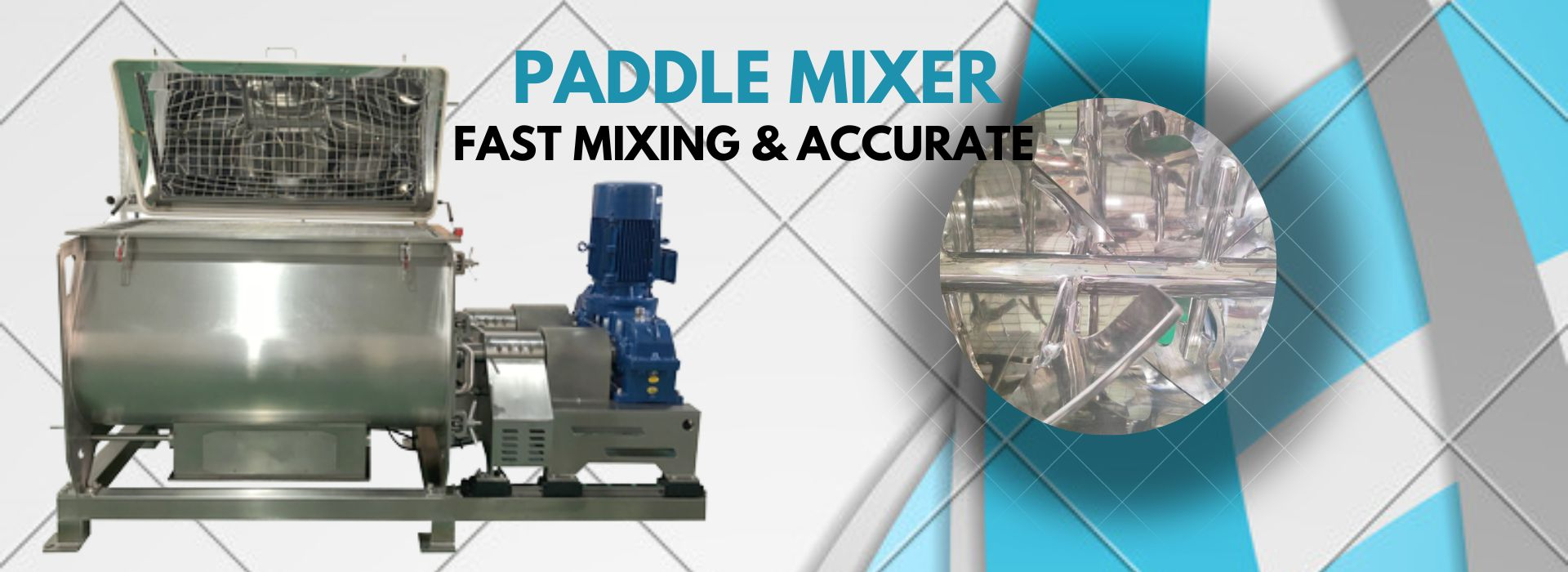
For delicate mixing and blending of materials, paddle mixers are frequently employed in a variety of industries. A paddle mixer's efficiency is influenced by a number of process variables that can be changed to improved more in mixing results. The following are some crucial process variables for paddle mixers:
Mixing Time:
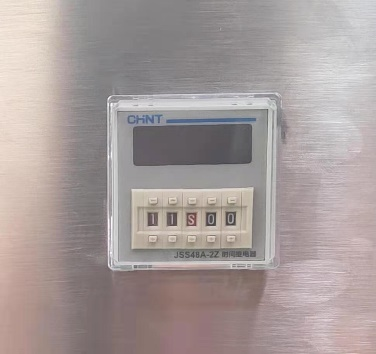
The amount of time that the materials are subjected to the paddle mixer's mixing action is referred to as the "mixing time." The characteristics of the materials being mixed such as the particle size, density, and desired amount of blending will determine how long it takes to mix them. To reach the anticipated level of homogeneity without overmixing or using excessive energy, it is crucial to calculate the right mixing time on it.
Mixing Speed:
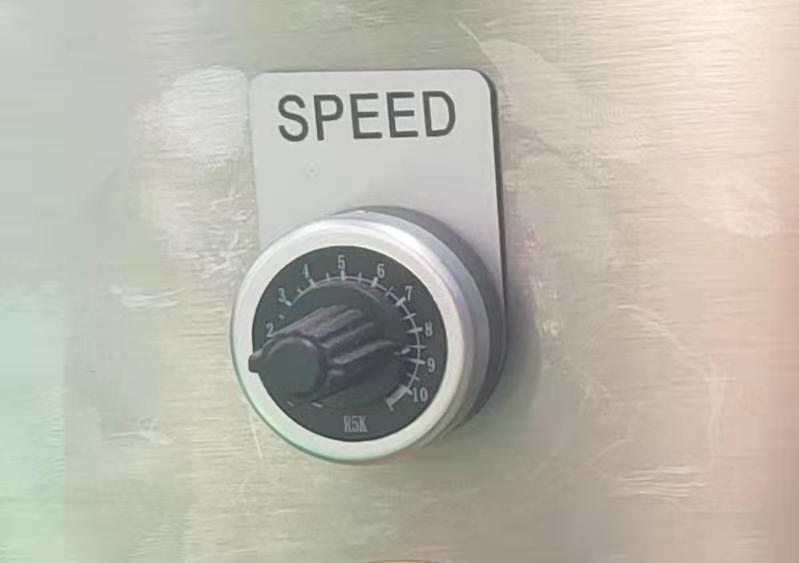
The intensity of the mixing is directly wedged by the speed of rotation on the paddle mixer's shaft or impellers. Lower speeds offer a smoother way in blending, while higher speeds typically yield more forceful mixing effect and stronger shear pressures. Based on the characteristics on the materials being mixed and the required degree of mixing intensity, the mixing speed should be enhanced.
Mixing Load:
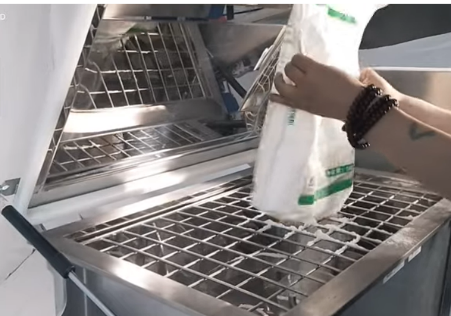
The quantity or mass of ingredients being processed in the paddle mixer is referred to as the "mixing load." By affecting the material-to-paddle contact, the residence time, and the distribution of forces inside the mixer, the load has an impact on the mixing performance. It is important to properly fill the mixer within its suggested load range to guarantee effective mixing and avoid glitches like inadequate mixing or overloading.
Design and Configuration of the Paddles:
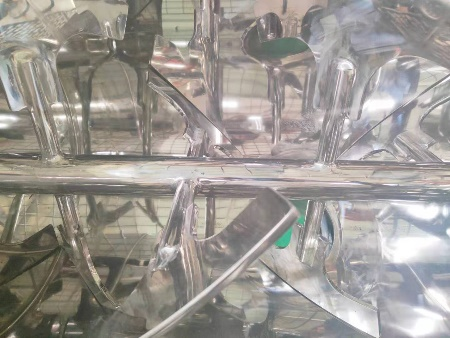
The mixer's paddles, or agitators, have a significant effect on the mixing process. The mixer's flow patterns, fluid dynamics, and shear forces are affected by the size, shape, and placement of the paddles. Blending effectiveness and mixing time can be increased and decreased by optimizing the paddle design based on the characteristics of the materials being intermingled.
Material Characteristics:
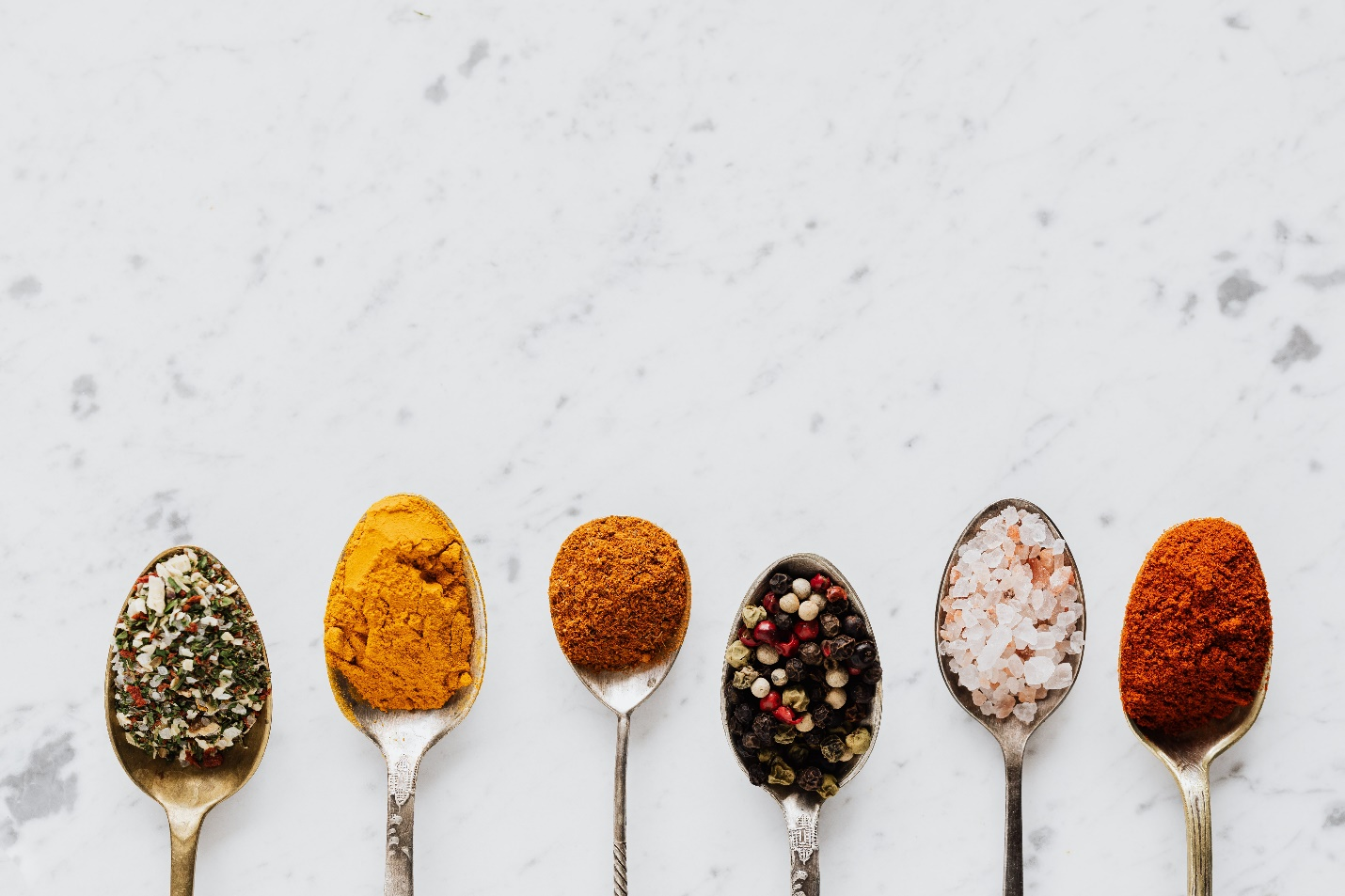
The mixing process is influenced by the physical characteristics of the materials being mixed, such as particle size, density, viscosity, and flowability. The flow patterns inside the mixer, the rate of blend creation, and the interactions between the materials and the paddles are all influenced by these characteristics. Setting-up the proper process parameters and getting the intended mixing outcomes depends on knowing and taking into account the material properties.
Sequence of Material Loading:
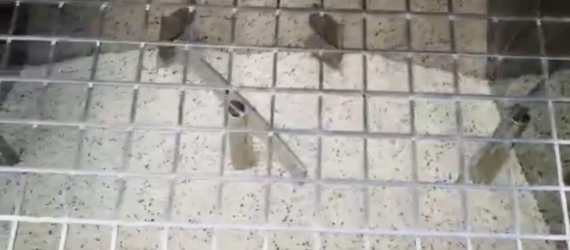
The sequence in which ingredients are added to the paddle mixer can have an impact on the final blend's homogeneity and mixing effectiveness. To guarantee optimal distribution and interaction of the ingredients being mixed, it is crucial to adhere to a predetermined loading sequence.
Liquid Addition:
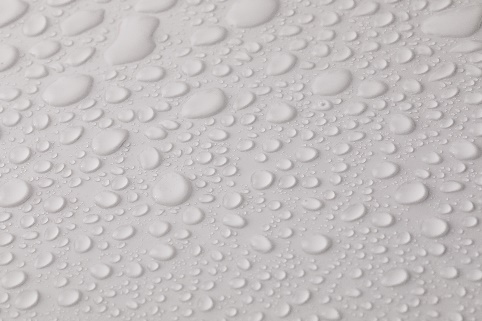
To simplify the blending or reach the desired consistency, liquids may occasionally needs to be added during the mixing process. To prevent over- or under-adding liquids, which can alter the dynamics of mixing and the quality of the finished product, the rate and technique of liquid addition, such as spraying or pouring, should be under control.
Controlling the temperature:
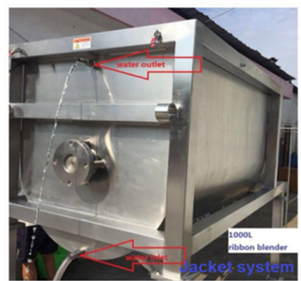
During mixing, it is essential to some applications that to stop the material deterioration or encourage particular reactions. Paddle mixers can be equipped with heating or cooling features in order to keep the mixing chamber at the proper temperature throughout the process.
To wrap this up, it is essential to remember that the ideal process and variables for paddle mixers. It may change depending on the precise components, the desired mixing outcomes, and the mixer's design. To achieve the anticipated mixing efficiency and the product quality, experimentation, observation, and parameter adjustment are frequently carried out with the whole process.
Post time: Jun-12-2023
